The Renaissance Dancers
The Renaissance Dancers are based in Southwark, London, site of historic Tudor theatres such as the vanished Rose and the rebuilt Shakespeare’s Globe. Originating from the Shakespeare’s Theatre Friends Association the group was founded in 1999. They regularly stage stunning displays of elaborate period dances. Although the members are amateurs they have been trained by professionals. The all-female group specialises in dances of the Elizabethan period, inspired by the Queen’s own love of dancing with the ladies of her court.
Their costumes are those of the upper gentry. Some are handmade by members while others were made by professional costumiers and students of the London College of Fashion. All are made using traditional fabrics and techniques. According to Gwenneth Bransbury-Zachary, head of the group costumes play a very important role in getting into character for the dances “œbecause, for a start, the constriction of the corset aids the required poise.”
The group mainly performs stately and sprightly dances. Stately dances include pavanes, a slow processional dance and almains, also known as allemands a dance for couples at a moderate tempo. Both of these dances are performed in a grave, ceremonious style.
Sprightly dances are the country dances recorded by John Playford a century later in his influential book of 1651 “œThe English Dancing Master”. This includes around a hundred dances. Although entitled country dances these were actually intended for the middle and upper echelons of society. These are performed in a stately manner.
Bransbury-Zachary explains “œGalliard and La Volta are the dances most famous in the period, especially La Volta because of its risqué nature [during the dance ladies jumped in the air, and some considered it disgraceful that their knees were visible]. These dances require a huge amount of skill and we do not believe amateurs can perform them without looking ridiculous.” Queen Elizabeth herself was said to excel at both of these intricate dances.
Authentic costumes of the period influence the manner of dancing “œthe corsets for poise and the width of skirt for negotiating dance patterns and other dancers.” The dancers gain inspiration for their costumes and hairstyles from contemporary paintings from the late Elizabethan period.
Dress was an important indicator of social status and the Renaissance dancers wear ornate gowns of fine fabrics and rich colours with pristine white ruffs and imposing stand-up collars. The dresses sweep out majestically over farthingales, adding to the visual impact of the stately movement. Even fine details are essential for authenticity. This extends to the use of linen for undergarments and accessories.
Smocks or chemises of medium linen are worn beneath the dresses next to the skin. Smocks are usually quite simple designs with a simple neckline and long sleeves with a knee-length skirt. Necklines could be square-cut, high with a gathered shirt or high with an ungathered shirt. Sometimes the neckline shows above the neckline of a dress. For women of high status the smock might well be finely embroidered. It could also have gathered cuffs or linen cuffs sewn on separately. The Elizabethan Dancers use fine linen for their collars and cuffs.
Medium linen is also used for their coifs. Coifs are caps which came in a variety of designs and covered the whole of the head. As with smocks they might have a decoration of blackwork embroidery. In addition to keeping hair in place and providing warmth a coif was an essential element of any respectable woman’s dress. It was usually fastened beneath the chin and would be topped with a grander piece of headwear such as a tall hat or wired veil.
Dance played an important role at court and in society in the Renaissance. It served a ceremonial as well as a social purpose and featured heavily in the elaborate Masques of the period which helped to enforce the Queen’s cult of personality. Like her father, King Henry VIII, Elizabeth also had a genuine fondness for music and dance. She was both a skilled practitioner of the lute and the virginals and an accomplished dancer herself.
According to Bransbury-Zachary the Renaissance Dancers “œaim to bring the Elizabethan period to life through dance and associated activities for students of all ages.” Their painstaking hours of practice, skill, meticulous attention to historical accuracy and genuine passion for all things Renaissance shine through. To see one of their graceful and visually sumptuous performances, especially in the heart of Elizabeth 1’s great capital city, is to be transported back to the court of the Renaissance era.





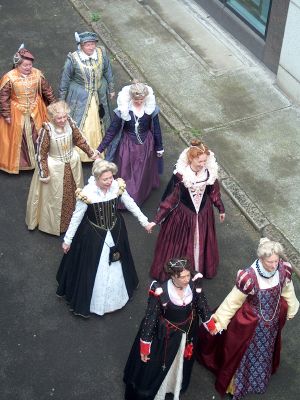


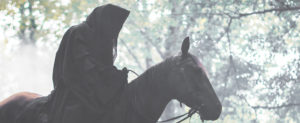
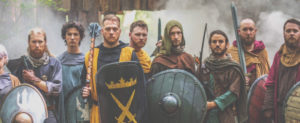
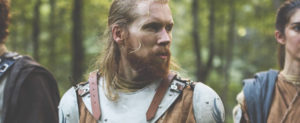







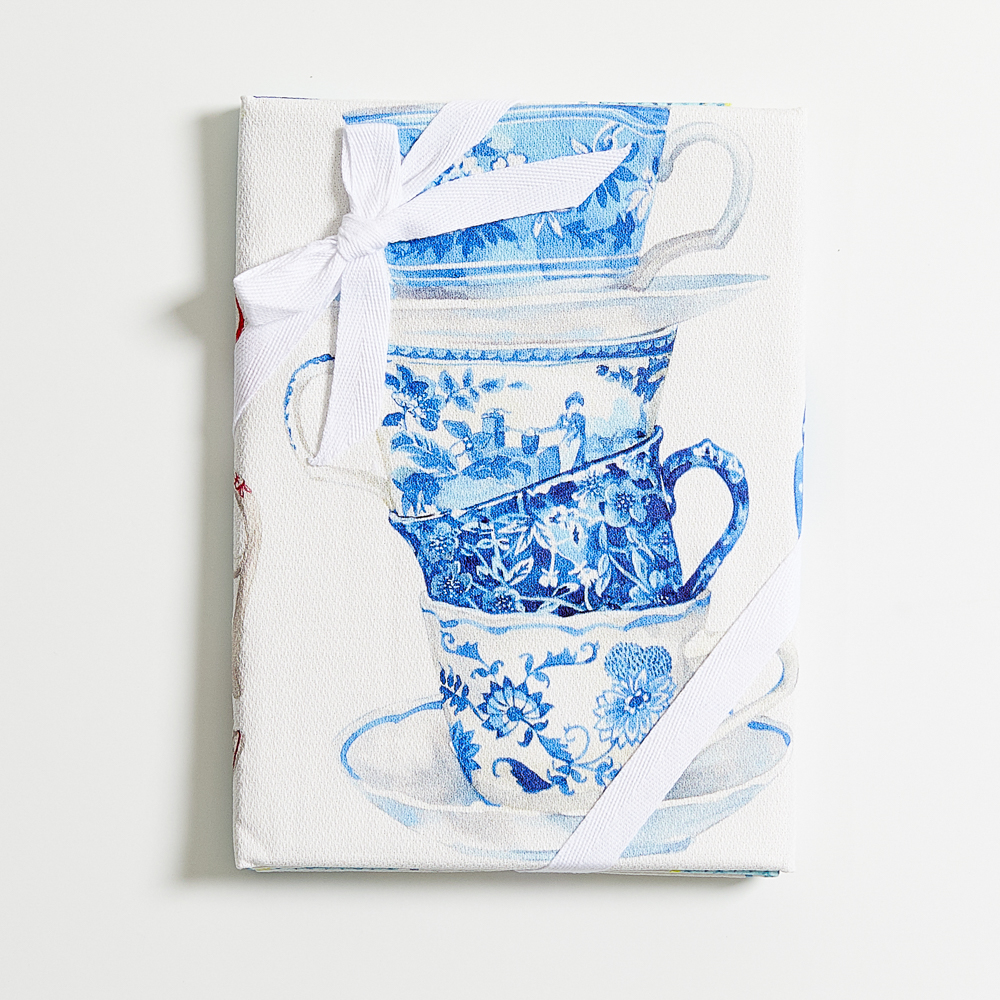




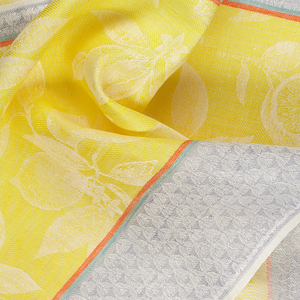
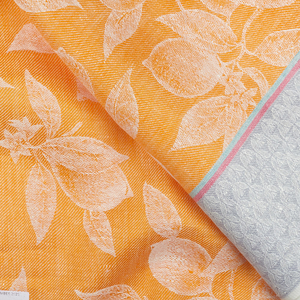
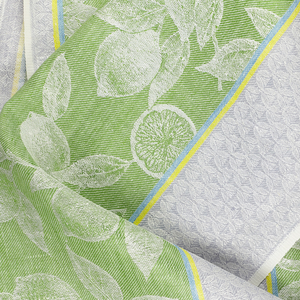
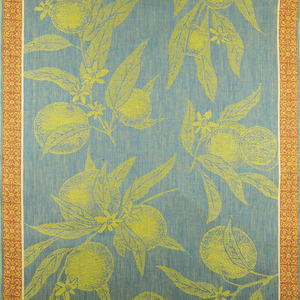
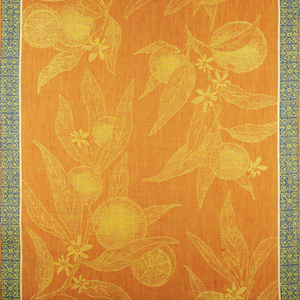
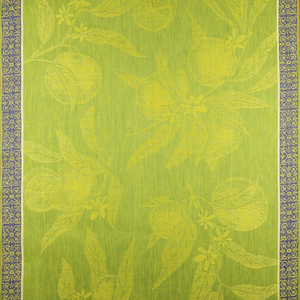


















2 Comments
Annikki Raiford
I hadn’t seen this lovely article when it came out, so I’m glad it was linked to the most recent article!
Yes, La Volta takes a lot of practice. However, a beginner CAN learn the basics of the galliard. They may not be able to do fancy variations, but a cinque pas, in and of itself, is not difficult, and using simple steps in conjunction with interesting floor patterns makes for as fun a dance as flashy footwork and extreme jumps.
Jim Mahon
In what way can we do business with you,
regards,
Jim.